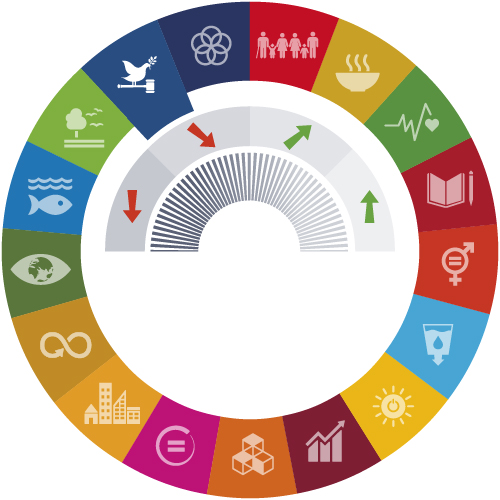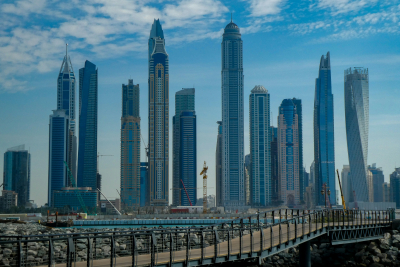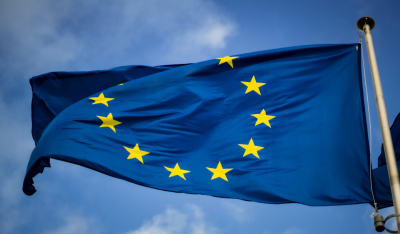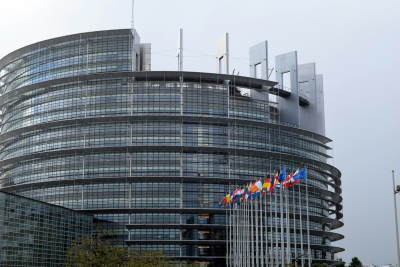On November 20th Eurostat, the statistical office for the European Commission, released their first progress report on the Sustainable Development Goals (SDGs). The report looked at 100 targets, out of 169, and included Transparency International’s Corruption Perceptions Index (CPI) for measuring corruption under Goal 16. The report states that the EU has made progress towards all of the SDGs but that progress has not been even across the Goals and there have been some negative trends in specific areas.
Although unable to provide a trend for corruption in the EU, due to insufficient comparable data over the past five years, the report highlighted that EU member states continued to rank among the least corrupt countries in the word in 2016 and that compared to previous editions of the CPI, no drastic changes are visible in Europe.
It did however point out that corruption is estimated to cost the EU 1% of GDP every year and that we at Transparency International underline that stagnation in the CPI rankings does not indicate that things have improved, but quite the opposite. The report also refers to that fact that corruption remains one of the biggest challenges for all societies, including European societies.
The report certainly makes for interesting reading and compliments must go to Eurostat for making the SDG data accessible with the web platform in particular being very user friendly. However, what did we really learn about the state of corruption in the EU other than maybe it might be a problem? In truth not very much.
First stating that EU member states continue to rank among the least corrupt in the world is misleading. Looking at the CPI rankings across the member states it is clear that there is a large divergence across the region. On the one hand we have Denmark which is ranked 01st in the world with a score of 90/100 and on the other hand we have Bulgaria which is ranked 75 with a score of 41/100 (a score lower than a number of African States).
Secondly the CPI only measures perceptions of corruption in the public sector and so ignores corruption in the business sector as well as the role EU businesses play in exporting corruption (such as through bribing foreign officials). It also misses out on the role that EU banks and others play in facilitating money laundering.
For a real insight into the state of corruption in the EU readers would have done better to wait two days when the European Commission released a Factsheet on the Fight against Corruption as part of the European Semester. This report produced a more nuanced overview of the state of corruption in the EU. It provided background on the difficulty of measuring and quantifying corruption and introduced a number of different data sources.
The insights from these sources, such as 71% of EU companies believe corruption is widespread in their countries, reveal a rather more worrying picture than the Eurostat report might have led us to believe. The factsheet also outlines some of the sectors most at risk from corruption and examines two areas in details (public procurement and the health sector). Finally, the report focused on what policy levers are needed to address the challenges.
This is the kind of analysis, that includes context, multiple indicators for each target, the identification of problem areas and implementable recommendations, that is needed for real achievement on the Sustainable Development Goals. While recognising that including such information for over 100 indicators would result in a report longer than War and Peace there is a need to take a more comprehensive approach to the SDGs. Right now there are many other policy processes in play where work relevant to the SDG agenda is taking place, such as the European Semester. The Secretariat General, tasked with coordinating the EUs work on the SDGs, needs a clear strategy to bring these processes together. Information, research and data such as that collected for the European Semester, should be made freely available. The EU should then work with stakeholders, such as through their multi stakeholder platform, to identify gaps and create a comprehensive implementation plan to ensure the EU achieves the SDGs.




